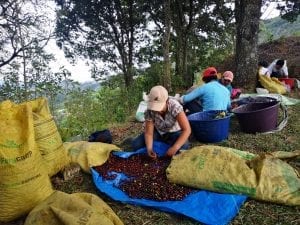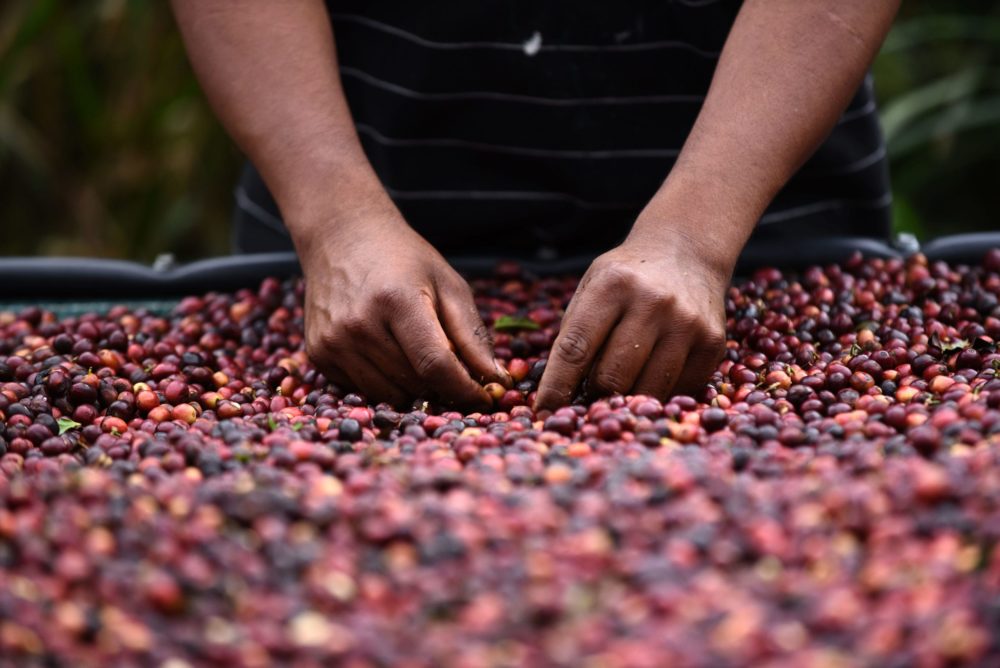We summarize the different coffee processes. You should learn them if you really admire this drink. Each one of them prints its own stamp on the liquid that you put in your mouth. Do youNatural, washed or today? Pick your favorite. Would you be able to recognize the method used in your next cup?
What is a coffee bean like?
Are you passionate about coffee or do you just need your caffeine shot no matter what? There are several classes of consumers of this drink. However, we will focus on two. One is the gourmet and the other the shop assistant who takes two a day to be normal. Many times both classes are given in the same person. If you are one of the first, you will know that coffee has nothing to do with its natural form with what we know. At least most of the mortals. It does not fall from the tree as a small brown grain.
Rather, it is a small colored fruit bright red in its maturity. Nothing to do with what you take to the cup. So, go a long way before reaching the shelf where you buy it. To do this, the first step will be to remove the seed from inside the pulp. Once done, it is when all the layers of the grain are separated. The mucilage it is the slimy layer under the pulp that adds sweetness. Below this we have the parchment, endocarp and cover.
Coffee processes: natural or dry
The latter is a silver film that covers the seeds. To achieve this we can use three different methods. The first is called "Natural or dry process". It consists of letting the whole fruit dry without removing the peel. We will need a good climate if we want it to happen in a period from seven to fifteen dayss. The usual thing is to place all the fruits on a high place. In addition, the producer must move them periodically to achieve a homogeneous drying.

Photo provided by CATA
It is typical of small farms with a production of less than five and a half tons. The main characteristic of the beans obtained under this coffee process is the fruity flavor. Some describe it as wine. This cup coffee has a lot of body in addition to low acidity.
Wet or washed process
The main difference is the requirement of water and remove the pulp from the coffee. The first step consists of collecting, classifying and cleaning the cherries. The pulp is then separated from the bone. To achieve this, it is usual to use a machine with an unoriginal name: pulper. The pulped grains are immersed in a tank of fermentation to remove the mucilage. This is a viscous substance that covers and protects the seed. Removing it takes approximately twelve to twenty-four hours.
The final requirement of this coffee process will be to dry them. As in the previous one, it is usually used a backyard or a african bed. The fundamental thing is that they remain in the sun in a high place. A barista would tell you that this method is perfect for highlighting the characteristic profile of a single origin coffee. The flavors it offers are highlighted by the floral and fruity notes. The cup is clean and the body light
Honey or honey process
It has characteristics that are reminiscent of both the dry process and the washing process. The main one is that the mucilage is not removed. Thus, the grains are dried coated with this substance. The term "Honeyed" It has nothing to do with how they taste, but with how slimy they feel. The drying cycle usually takes ten to twelve days, depending on the weather conditions. The resulting profile in the cup is that of a sweet coffee with fruity nuances and moderate acidity.

Conclusion
We assume that you have expanded your horizon of knowledge about the intricate world of coffee. Get ready to give them understood or understood and thus captivate the attendees of your dinners. You are taking the first steps in itto the barista path. Will you be able to distinguish the different coffee processes?







